Table of content
Sun-drying white radish, a traditional food preservation method practiced across Asia for centuries, transforms this humble root vegetable into a chewy, flavorful ingredient with an extended shelf life. While the process seems straightforward—slice, salt, and leave under the sun—achieving the ideal texture and safety requires precision. This article delves into the science, techniques, and cultural nuances of sun-drying white radish, answering the pivotal question: How long must it bask in the sun before it’s ready to eat?
The Science Behind Sun-Drying
Sun-drying is a form of dehydration, a preservation method that removes moisture to inhibit microbial growth. White radish (Raphanus sativus), with its high water content (about 95%), is prone to spoilage if not properly dried. The goal is to reduce its moisture content to 10-20%, creating an environment where bacteria, yeasts, and molds cannot thrive. However, achieving this balance is delicate. Over-drying results in brittle, tasteless shreds, while under-drying risks spoilage or a leathery texture.
Factors Influencing Drying Time
The duration for sun-drying white radish varies based on several variables:
-
Climate and Weather:

- Sunlight Intensity: Direct, unfiltered sunlight in arid regions (e.g., deserts) can dry radish slices in 2-3 days. In humid or cloudy climates, the process may take 5-7 days or longer.
- Humidity: High moisture in the air slows evaporation. Radishes dried in tropical zones like Southeast Asia require meticulous monitoring to prevent mold.
- Temperature: Ideal drying temperatures range between 25°C (77°F) and 35°C (95°F). Extreme heat (above 40°C/104°F) may cook the radish rather than dry it, altering texture and nutrient profiles.
-
Radish Preparation:
- Slicing Thickness: Thin slices (2-3 mm) dry faster than thick ones (5 mm+). A mandoline or sharp knife ensures uniformity, critical for even drying.
- Blanching or Salting: Pre-treating radish with salt (1-2 tablespoons per kilogram) draws out moisture via osmosis, accelerating drying. Blanching in boiling water for 2-3 minutes partially cooks the radish, softening it for quicker dehydration.
-
Airflow:
Stagnant air traps moisture. Elevating drying trays or using fans enhances circulation, reducing drying time by up to 30%.
Step-by-Step Drying Process
Selection and Cleaning
Choose firm, fresh white radishes with smooth skin. Avoid those with soft spots or sprouts. Scrub thoroughly under running water to remove dirt, then pat dry.
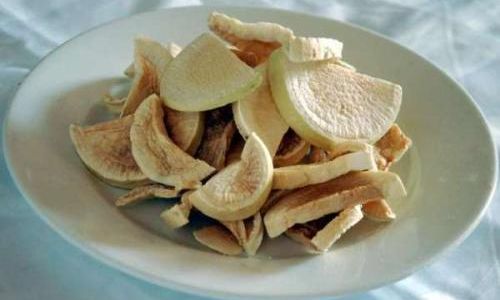
Peeling (Optional)
While peeling is unnecessary, some prefer it to eliminate bitterness. Use a vegetable peeler to remove the outer layer.
Slicing
Cut the radish into uniform strips or rounds. For optimal drying, aim for 3 mm thickness. Thicker slices may require additional days.
Pre-Treatment
- Salting: Toss slices in salt and let them rest for 30-60 minutes. Rinse thoroughly to remove excess salt.
- Blanching: Submerge slices in boiling water for 2-3 minutes, then shock in ice water to halt cooking.
Drying Setup
- Use wooden or bamboo trays to allow airflow. Avoid metal, which can react with the radish.
- Cover trays with cheesecloth or mesh to protect against insects and debris.
- Place trays in a sunny spot away from shade. Elevate them on bricks or stands to improve airflow.
Drying Duration
- Ideal Conditions (Low Humidity, 25-35°C): 3-5 days.
- High Humidity/Cloudy Weather: 5-7 days.
- Thicker Slices: Add 1-2 days.
Monitoring and Flipping
Flip slices every 6-8 hours to ensure even drying. Check for moisture by bending a slice—it should flex without breaking but feel dry to the touch.
Signs of Readiness
- Texture: The radish should be leathery, not brittle. Over-dried pieces will snap; under-dried ones will bend and feel pliable.
- Color: Fresh radish is bright white; dried versions turn translucent with a golden hue. Over-drying may cause browning.
- Weight: A significant reduction in weight (60-70% loss) indicates adequate moisture removal.
- Taste Test: Rehydrate a small piece in water. It should regain some crispness without a rubbery texture.
Post-Drying Storage
Once dried, store the radish in airtight containers (glass jars or vacuum-sealed bags) in a cool, dark place. Properly dried radish can last 6-12 months. Check periodically for signs of moisture or mold.
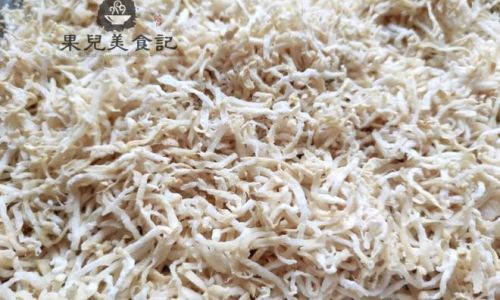
Culinary Applications
Sun-dried white radish, known as chae-po in Korean, takuan in Japanese, or luóbo gān in Chinese, is a pantry staple. Its uses include:
- Soups and Stews: Adds a chewy texture and umami flavor.
- Stir-Fries: Rehydrate and cook with vegetables and meat.
- Pickling: Ferment with chili, garlic, and soy sauce for a tangy side dish.
- Snacks: Roast with spices for a crunchy treat.
Health Benefits
Dried white radish retains fiber, vitamins C and B6, and antioxidants. The drying process concentrates nutrients, making it a nutrient-dense snack. Fermented varieties also introduce probiotics, aiding digestion.
Common Mistakes to Avoid
- Inconsistent Slicing: Uneven thickness leads to uneven drying.
- Ignoring Weather Forecasts: Rain or humidity can ruin batches. Cover trays during nighttime or rain.
- Overcrowding: Overlapping slices trap moisture.
- Under-Drying: Mold risks increase if moisture remains.
Regional Variations
- China: Often dried in autumn, paired with spicy chili oil in Sichuan cuisine.
- Korea: Chae-po is fermented after drying, yielding a pungent, crunchy side dish.
- Japan: Takuan is typically made from daikon, dried, and then pickled in rice bran.
Modern Adaptations
For those lacking consistent sunlight, food dehydrators offer a controlled alternative (8-12 hours at 55-60°C/131-140°F). Oven-drying at the lowest setting (50°C/122°F) with the door slightly ajar also works, though it may take 6-8 hours.
Conclusion
Sun-drying white radish is a dance of patience and precision. While the process demands attention to climate, preparation, and timing, the result—a versatile ingredient with concentrated flavor and extended longevity—is worth the effort. Whether you’re a traditionalist adhering to ancestral methods or a modern cook embracing dehydrators, mastering the drying time ensures a culinary treasure that bridges seasons and cultures. So, set your trays, trust the sun, and savor the reward of time-honored preservation.
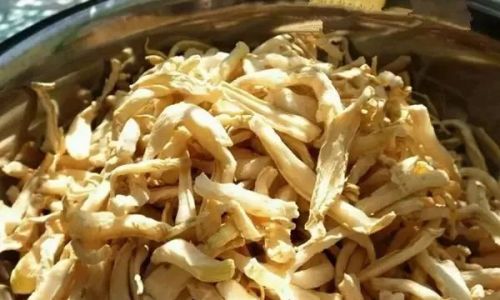

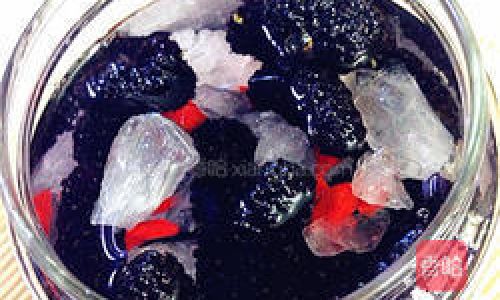
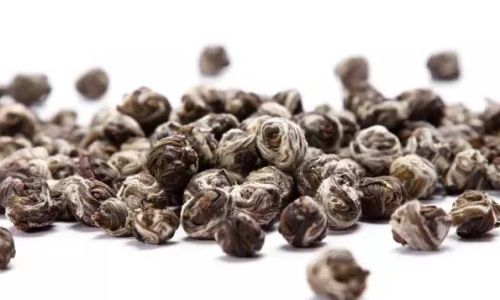


0 comments